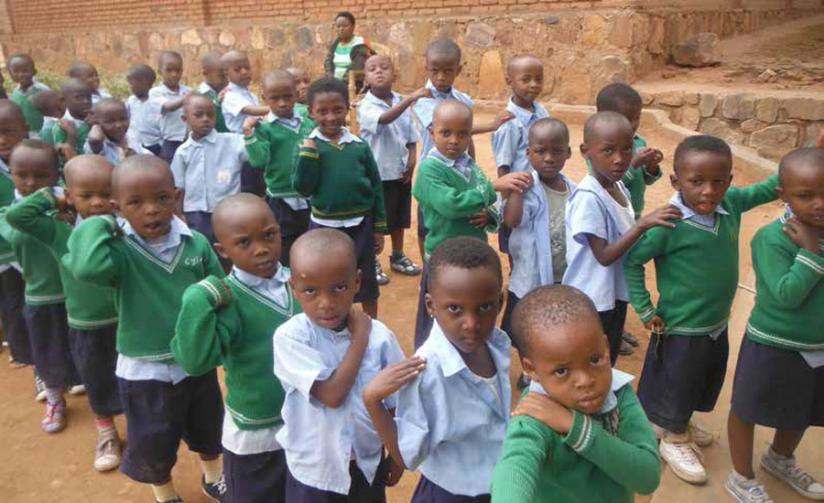Education in Rwanda was informal and delivered largely through the family. These courses included the military and war skills, iron smith and foundry, poetry, basket making, etc.


General overview of Education sector in Rwanda
Historical Perspective:
Education in Rwanda was informal and delivered largely through the family. These courses included the military and war skills, iron smith and foundry, poetry, basket making, etc.
The mission of the Ministry of Education (MINEDUC) is to transform the Rwandan citizen into skilled human capital for the socio-economic development of the country by ensuring equitable access to quality education focusing on combating illiteracy, promotion of science and technology, critical thinking, and positive values.
The Rwandan Education System MINISTRy of EDUCaTIoN Access, quality and relevance emphasized in the new strategic plan has five levels: Pre-Primary (3yrs) Primary (6yrs), Ordinary level (3yrs), Advanced level (3yrs), Tertiary (4yrs) including TVET and Non-formal Education.
The 2013/14-2017/18 Education Sector Strategic Plan (ESSP) is creating a better education for everyone in Rwanda, which means a brighter future for all. The ESSP has three main objectives: to increase ACCESS to education for all; to improve the QUALITY of education; and to strengthen the RELEVANCE of education for the job market. Together, we have already achieved a lot. Together, we can go much further and faster. The education sector priorities are aligned to ESSP as a strategic direction/vision for the education.
Pre-Primary Education, the Foundation for Quality Education:
Early Childhood Care and Development has a higher profile in the government’s agenda with the establishment of an inter-ministerial Early Childhood Development (ECD) implementation framework coordinated by the Ministry of Gender and Family Promotion with the education responsibility held by the Ministry of Education.
Pre-primary education has made commendable progress with regard to access.
The number of children enrolled in Pre-Primary schools has increased from 145,409 in 2008 to 159,291 in 2014 representing the percentage of 10% while the number schools increased from 2,132 in 2008 to 2,431 (of which 1420 are public and 1011 are private) in 2014 representing a percentage increase of 14%. In only one year, the number of public preschools increased from 2 to 1420 preschools, an increase of 70,900%.
The number of classrooms has increased from 2,677 in 2012 to 3,648 in 2014 representing 36% increase.
As of now, 60% of Primary schools have a pre-primary section. In 2014, ECD Kits were distributed to 1260 schools in all Districts and Training of teachers was organized to facilitate the use of those kits.
Hitting the Millennium Development Goal on Universal Primary Education:
The number of pupils in primary schools has increased from 942,729 in 1994 to 2,399,439 in 2014 with a variation of 1,456,710 representing a growth rate of 155%.
The number of girls increased from 475,798 in 1994 to 1,217,724 in 2014 with percentage increase of (156%), the number of boys also increased from 466,931 in 1994 to 1,181,715 in 2014, this implies a percentage increase of (153%). The number of schools has significantly increased from 1,882 in 1994 to 2,711 in 2014 with the percentage increase of (44%). The number of classrooms has also been increased from 28,914 in 2012 to 30,011 in 2014. The Net Enrolment rate in primary schools stood at 96.8% in 2014.


